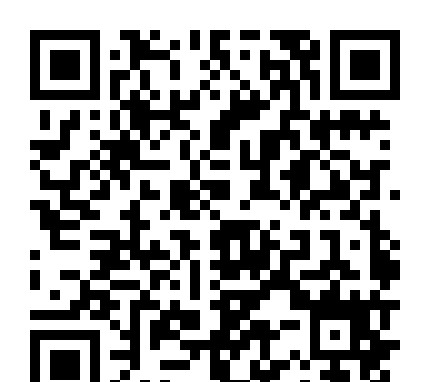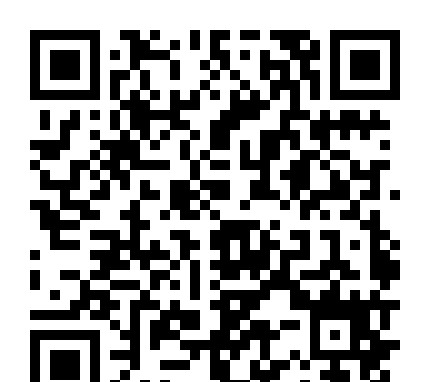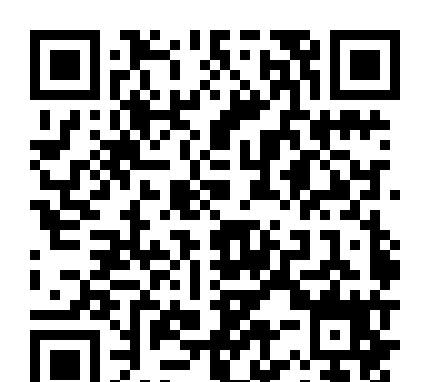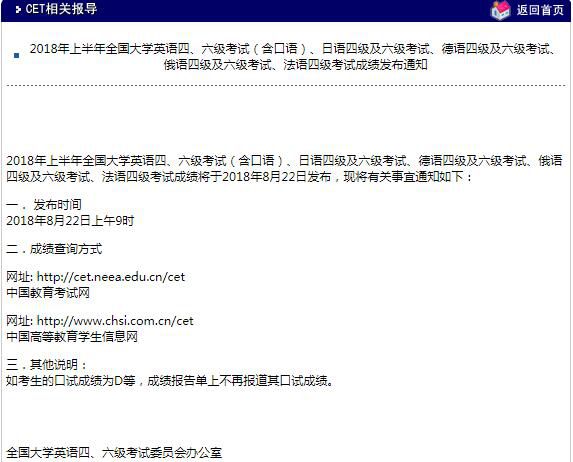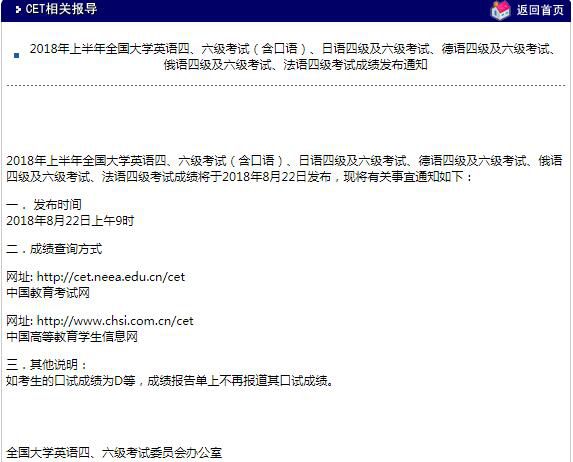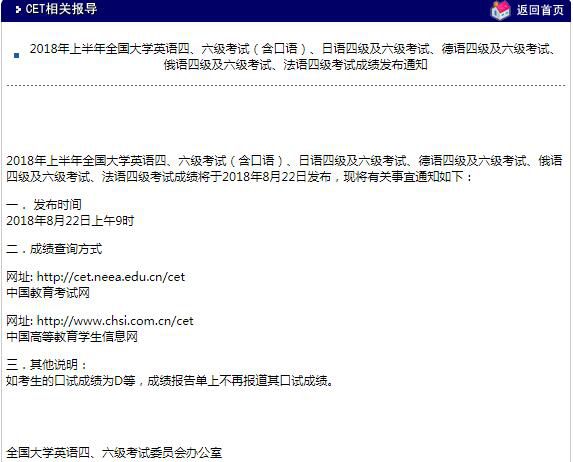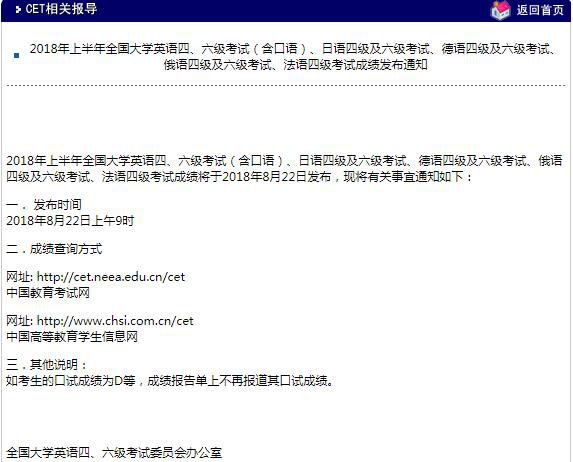雅思阅读实战:StudyFindsWebAntifraudMeasureIneffective2
|
Questions 1-5 Do the following statements agree with the information given in the passage? Please write TRUE if the statement agrees with the writer FALSE if the statement does not agree with the writer NOT GIVEN if there is no information about this in the passage 1.According to internet security experts, secondary security measures provide little additional protection against fraud. 2.In the Harvard and MIT study, two subjects didn't log on without seeing the correct pictures. 3.According to Schechter, more than 90% of online banking customers studied logged on without seeing the right pictures. 4.The image system is the only security measure that the banks mentioned in the passage have currently. 5.Bank of America is the first bank that adopted the image system. Questions 6-13 Answer the following questions or complete the following sentences by choosing NO MORE THAN THREE WORDS for each answer. 6.What is ING Direct and Vanguard? 7.What might online banking customers be cheated to give at a fraudulent Web site? 8.What may stop online banking customers from using new verification methods? 9.The key to online banking security is to verify the ______ of customers. 10.Where is PassMark Security located? 11.What is the reason why SiteKey is popular among online banking customers? 12.What was used instead of images in the Harvard and M.I.T. study? 13.How many security methods are mentioned in this passage? Answer keys 1. 第一段“Now a study suggests that a popular secondary security measure provides little additional protection.”似与问题文字很接近,但是原文中a popular secondary security measure是指特定的一个措施,而非泛指所有secondary security measure.原文没有其它secondary security measure安全有效性的内容。故应选择NG. 2. 见第4、5段内容。第四段 “But the researchers had secretly withdrawn the images.”即研究人员撤下了图形,第五段“Only two chose not to log on, citing security concerns.”,有两个人因为安全考虑未进入。 3. T 见第6段。 4. F 见第11、14段。 5. F 见第11段“Bank of America was among the first to adopt it”,可见首批采用图形识别软件的银行并非Bank of America一家。 6. A financial institution 见第二段。 7. (their) passwords 见第三段。 8. less convenience 见第十段。 9. identity 见第八、十段。 10. Silicon Valley 见第十一段。 11. easy to use 见第十二段。 12. site maintenance message 见第十三段“When respondents logged in during the study, they saw a site maintenance message on the screen where their image and phrases should have been pictured.” 13. 4 分别见第十段的“download new security software”和“hardware devices that feed them PIN codes”,第十五段的“a small software program, called a cookie”,以及本文提到的site-authentication images. |

